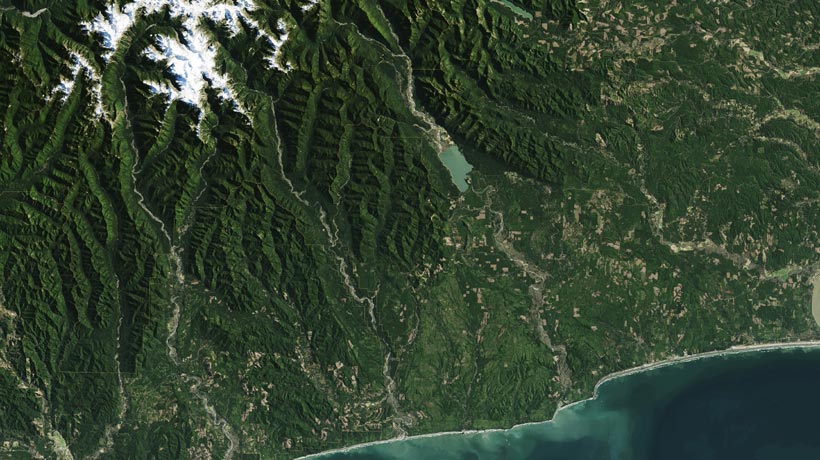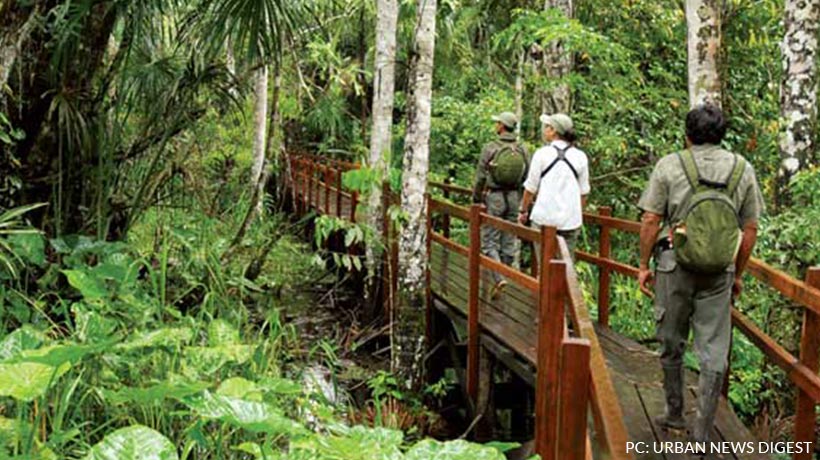Climate change is easily becoming the biggest threat to our environment. Changes in the environment lead to changes in the wildlife habitat. A recent review of scientific papers gives an idea of the number of species whose populations have already been affected by climate change. According to that, 700 bird & mammal species are getting affected by climate change.
Changes to our climate are being documented all across the planet today, & people, animals, and plants can already feel the heat. The warming of the climate is also affecting the ocean temperature which further leads to aquatic wildlife being in danger, and thus leading to disaster to the environment.
What is Happening?
Temperature is Increasing
The most evident thing is temperature across the Globe, the Earth\’s atmosphere has warmed by 1.5 degrees Fahrenheit since 1900, with 20116 being the warmest year on record.

Sea Levels are Rising
The Global Sea level has increased roughly eight inches over the past century, and the increase is accelerating. If we take into account that these projections are accurate then 2 to 3 degrees Fahrenheit warming could bring about 3 feet global sea-level rise by 2100 displacing 56 million people, and more than that wildlife animals & birds. Coastal areas are going to face major issues.

Sea Ice is Melting
Declining Sea ice is one of the most visible signs of climate change on our planet and which is resulting in the extinction of majestic polar bears and many more wildlife species such as seals & walruses. The areas of ice floating on ocean water play an important role in regulating our climate by reflecting some sunlight back to space.

Precipitation Patterns are Changing
Some places are getting more rainfall & some are getting less. Some places are suffering from drought others are suffering from floods, and this is taking more attention to saving humans rather than saving wildlife.

Loss of Wetlands
The higher temperature will lead to drier conditions in some regions, some are more important breeding areas which will lead to the diminishing of habitat for birds, fish, and other wildlife animals.

Invasive Species & Disease
Higher average temperatures and changes in rain and snow patterns will enable some invasive plant species to move into new areas. Insect pest infestations will be going to be more severe as pests such as mountain pine beetle will take advantage of drought-weakened plants.

Human Impact
Human Activities is not a lesser-known fact, how humans are extensively causing harm to our environment and the atmosphere for their leisure. The incoming heat warms the planet\’s surface. The earth then radiates some heat back into the atmosphere, which then causes heat in the atmosphere.

So many birds and other species can not be seen around us nowadays. Because of the environment we live in. Metropolitan Cities specifically is not a choice of birds or any other animal. But as we live in big cities, we should consider the living beings which reside on our planet.




